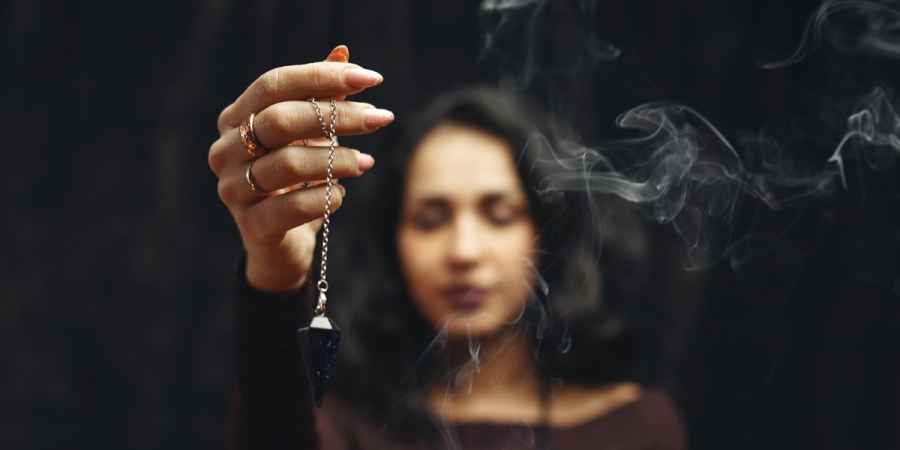
Photo: Gustavo Fring

Photo: Gustavo Fring
This page is more than one year old.
Long before EMF meters and spirit boxes became staples in paranormal investigations, pendulums were used as a form of divination, helping the curious to connect with spirits.
This simple device, typically consisting of a weighted object suspended from a chord, is believed by some to act as a conduit between the physical world and the spirit realm. But how exactly can a pendulum be used during a paranormal investigation, and what are the theories and critiques surrounding this practice?
By holding the end of the pendulum's chain between their thumb and forefinger and allowing the weight to hang freely, investigators believe they can receive answers to their questions. They may start by asking simple queries to establish the presence of any spirits, such as "Is there anyone here with us?"
A change in the pendulum's motion in response to a question is taken as an indication of communication. The method involves suggesting specific movements for 'yes' and 'no' responses, such as swinging back and forth for 'yes' and left to right for 'no'. Additionally, asking the pendulum to rotate in a clockwise or anticlockwise direction can provide further means of communication.
Based on the initial responses, the ghost hunter may ask further questions to clarify or for confirmation. They might ask for more specific movements, such as asking the pendulum to swing in a particular direction to answer a question, or request that the pendulum stop swinging as a form of control test.
An alternative method of pendulum communication involves using a pendulum on a fixed stand to eliminate the possibility of unintentional movement by the person holding it. If using this method, the stand should allow the pendulum to swing freely and would need to be stable enough and vibration-free to avoid influencing the pendulum's movement through environmental factors.
While there is no scientifically validated explanation for how spirits might communicate through pendulums, several theories exist within the paranormal community that attempt to explain the mechanism behind this phenomenon. One theory is that spirits can interact with physical objects directly through means not yet fully understood by science that could allow them to directly affect the pendulum's movement. They could, theoretically, exert influence over the pendulum by altering air currents around it or simply applying touch-like force.
Another possibility is that the spirit isn't directly moving the pendulum but instead influencing the person holding it, causing them to move in subtle and involuntary ways in order to relay the spirit's message. This effectively makes the participant a channel between the spirit and the physical pendulum.
In cases where a medium is using the pendulum, it's theorised that the medium's psychic abilities enhance the communication process. Here, the pendulum serves as a tool that amplifies the medium's connection to the spirit world, translating psychic energy into physical movement. The medium's role could be receiving messages from the spirits and, either consciously or subconsciously, influencing the pendulum to convey these messages.
Pendulum sessions are similar to a few other commonly-used forms of divination, which also rely on the principle that spirits can influence or control physical objects, or the investigator using those objects, to convey messages. The most obvious of these is the Ouija board, where participants place their fingers lightly on the planchette, which then moves across the board to spell out messages.
Table tipping, automatic writing, and dowsing rods are also similar. Each method involves at least one person holding or touching a physical object - either a table, pen, or dowsing rods - and waiting for the object to move, supposedly under the influence of spirits. These movements, or, in the case of automatic writing, anything written, are interpreted as responses to questions posed by the participants.
There's also the concept of the 'human pendulum', which involves a person standing with their eyes closed, acting as the pendulum themselves, and relying on subtle pushes or sways interpreted as spirit responses.
Each of these methods shares the underlying premise of pendulum sessions, that spirits can use physical means to communicate with the living. However, they also share similar criticisms and skeptical viewpoints, particularly regarding the influence of subconscious expectations and the ideomotor effect.
Skeptics maintain that the movement of pendulums is not evidence of the paranormal, instead pointing to various psychological principles as an explanation. One such principle is the ideomotor effect, which is when a person's subconscious thoughts or feelings cause them to make unwitting movements. When individuals hold a pendulum and focus on a question, their subtle, unconscious muscle movements can cause the pendulum to swing in particular directions. These movements are not consciously controlled and can occur without the individual's awareness, leading them to believe that the pendulum is moving due to external, paranormal forces.
The expectations and beliefs of the participants, as well as the specific instructions given for interpreting the pendulum's movements, can influence the results. For example, if a participant strongly believes that a spirit will communicate by moving the pendulum in a certain way, this expectation can subconsciously guide their muscle movements, leading to the anticipated outcome.
Some investigators recommend ensuring that participants' elbows are not resting on any surface during a pendulum session. This advice might seem harmless, but resting elbows on a surface could stabilise the hand and arm, reducing the likelihood of subtle, involuntary movements that could sway the pendulum. By avoiding this stabilisation, the setup makes it easier for the ideomotor effect to work.
Ghost hunters have the option of either purchasing or making a pendulum. They'll often pick one that is meaningful to them. The key is to select a tool that you feel connected to and that meets the basic requirements for pendulum work. If you plan on making your own pendulum, you'll need a chain or string of around 15 to 25 cm, long enough for you to hold one end with the weight hanging freely. You'll also need to decide what to use for the weight. This can be a crystal, metal, wood, or any small, relatively heavy object that can hang freely. Crystals are often chosen for their metaphysical properties, but you might need to find one that's pre-drilled for threading. Otherwise, you may need to attach it using wire or a strong adhesive.
If you prefer to purchase a pendulum, then you'll still need to consider the pendulum's weight, the material it's made out of, and whether to pick a string or chain. As for where to purchase, metaphysical, new age, and crystal shops often carry a selection of pendulums. Shopping in person allows you to handle the pendulum and choose one that resonates with you. Websites like Etsy, eBay, and others also offer a wide range of pendulums. Also, look out for pendulums at craft fairs, psychic expos, and alternative markets.
How To Conduct A Pendulum Session
The following step-by-step guide aims to provide a rational approach to conducting a pendulum session, allowing investigators to minimise personal bias and maximise the session's integrity.
1. Preparation
Find a quiet, undisturbed location and do all you can to minimise external factors such as draughts or vibrations that could influence the pendulum's movement. Before starting, take a moment to clear your mind and focus on your intention for the session. This helps in establishing a mental state conducive to concentration and observation.
2. Define Movement Responses
Clearly establish the meanings of different pendulum movements, such as back and forth for 'yes', side to side for 'no,' and circular movements for 'maybe' or 'unclear'. You should speak these definitions aloud so that any spirits present are aware of them. You may also want to directly ask the spirits to define the movements themselves by asking, "Please can you give us your 'yes' response?"
3. Conducting The Session
Hold the top end of the pendulum chain between your thumb and forefinger. Let the weight hang freely without touching any surface. For a more controlled and stable session, you might consider resting your elbows on a flat surface to reduce involuntary movements, but ensure your hand holding the pendulum is still able to move freely. Begin by asking simple 'yes' or 'no' questions. Keep your questions as unbiased and straightforward as possible. Pay attention to each answer and base your next question on previous answers in order to clarify, verify, and obtain more information. Approach the results with a balance of skepticism and open-mindedness.
4. Concluding The Session
Once you've completed your questions, thank the pendulum, regardless of your belief in spirits, to symbolically end the session. This helps with mentally transitioning out of the session.
Alternative Method: Blindfolded Pendulum Session
For an added layer of objectivity, consider conducting a pendulum session where the person holding the pendulum is blindfolded and wears noise-cancelling headphones. This method aims to reduce bias and subconscious influence by preventing the holder from seeing the pendulum's movements or hearing the questions asked by a team member.
More Essential Parapsychology
See All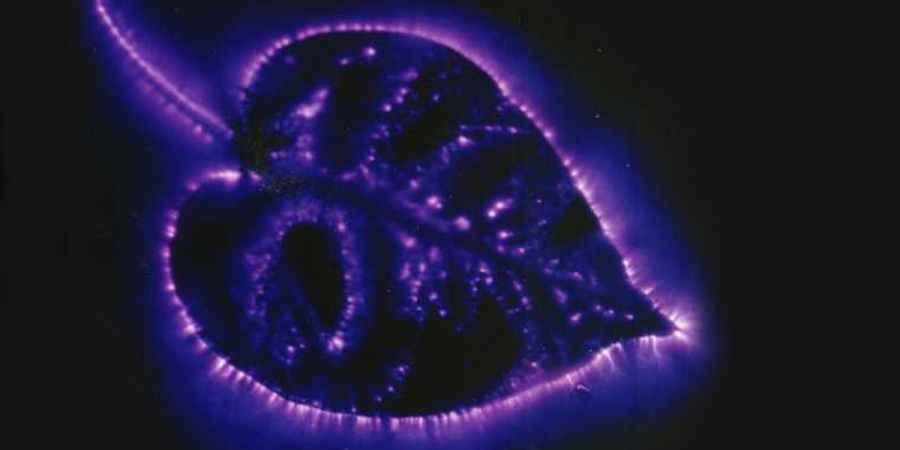
ArrayOctober 11, 2024
The Reality Behind Kirlian Photography’s Glowing Auras
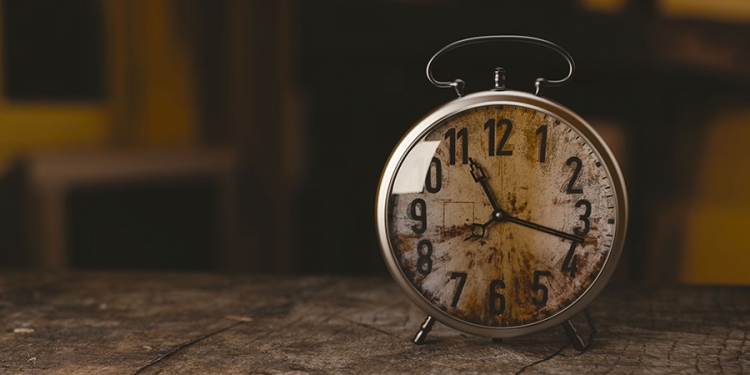
ArrayOctober 07, 2024
Could Retroactive Psychokinesis Allow Us To Influence The Past?

ArrayOctober 05, 2024
What Spontaneous Cases Are & Why Parapsychologists Research Them
Further Reading
Dive into the world of the paranormal and unexplained with books by Higgypop creator and writer Steve Higgins.

Demystifying The Oracle
A balanced look at Ouija boards, exploring whether they are toys, tools, or dangerous occult devices.
Buy Now
The Rational Demonologist
An exploration of demonic activity, including possession, protection, and exorcism.
Buy NowMore Like This
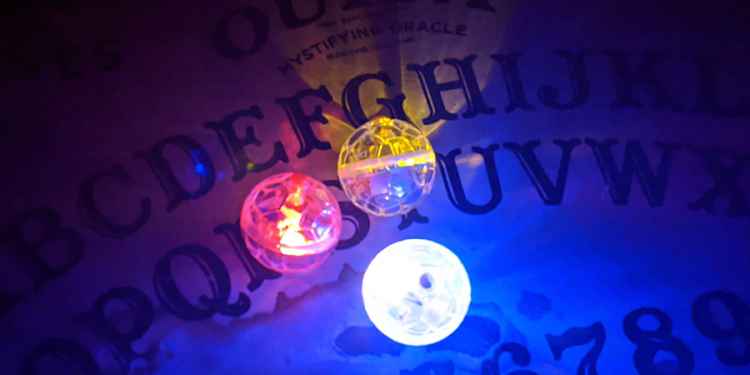
Ghost HuntingJanuary 26, 2025
These Are The Ghost Hunting Gadgets You Should Avoid If You Want To Be Taken Seriously As An Investigator

Haunted BritainDecember 25, 2024
2024's Most Popular Paranormal Hotspots In The UK

GamesDecember 09, 2024
Poltergeist Quiz
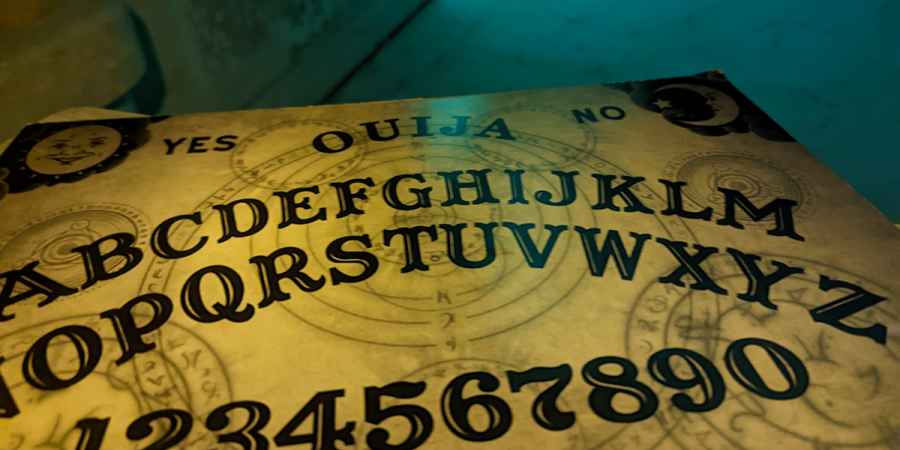
GamesDecember 08, 2024
Ouija Board Trivia Challenge
 See More on Audible
See More on Audible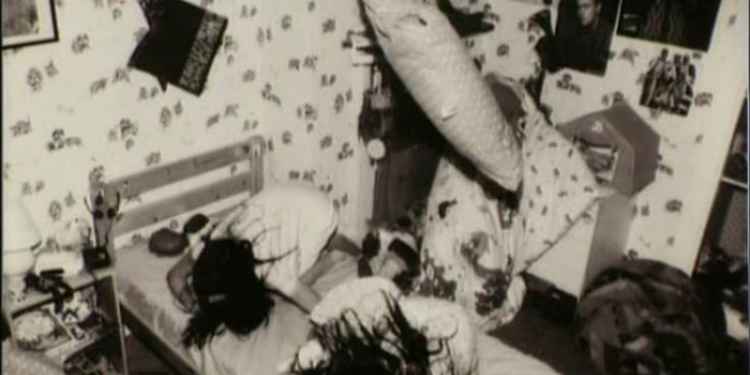

Comments
Want To Join The Conversation?
Sign in or create an account to leave a comment.
Sign In
Create Account
Account Settings
Be the first to comment.